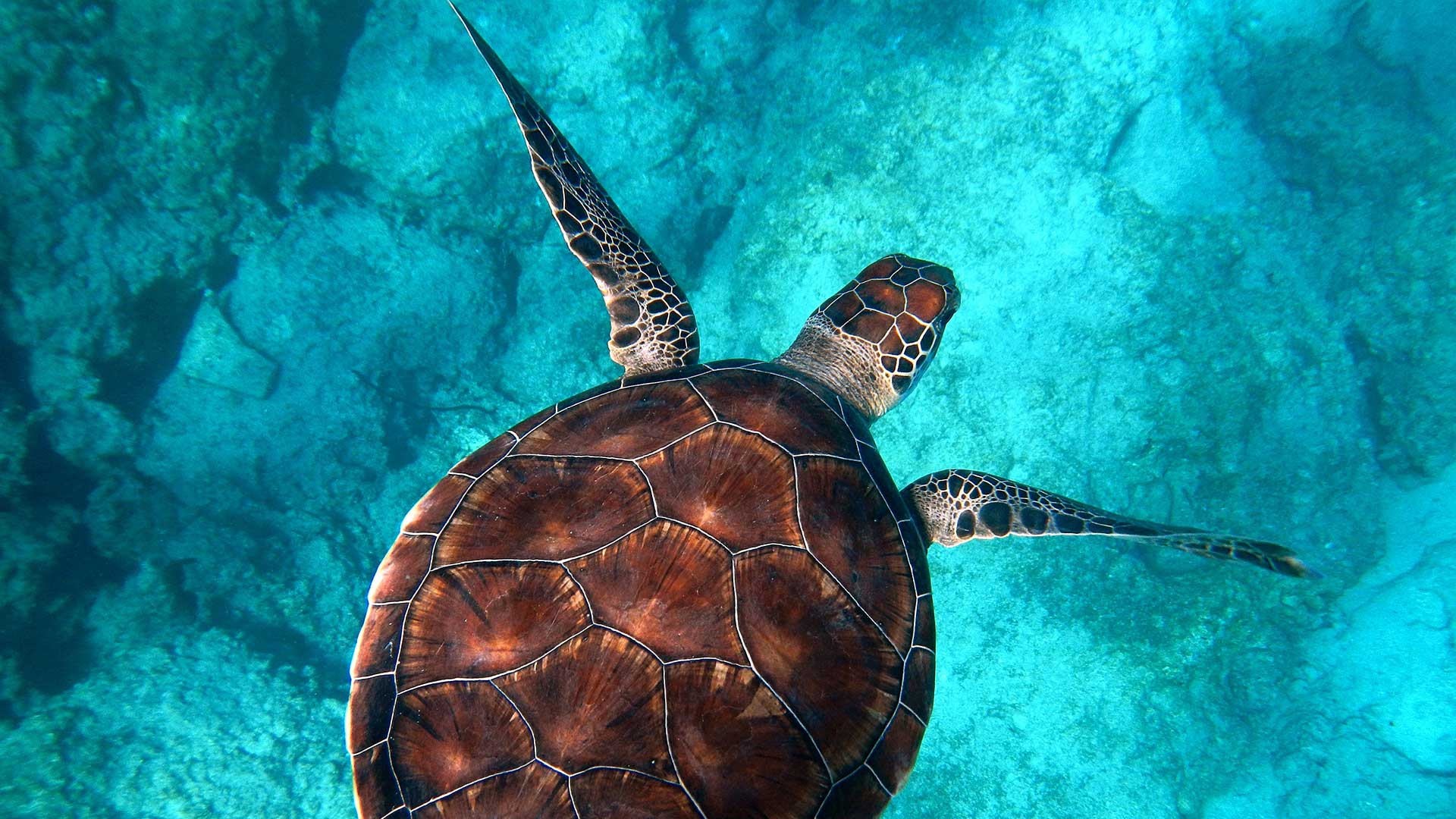Gray Whale Season in Baja was a Huge Success
April 19, 2017
Each year gray whales travel over 10,000 miles round trip between their nursery lagoons in Baja California Sur, Mexico, to their feeding grounds in the Arctic. This is one of the longest migrations of any mammal in the world.
During the 2016-2017 season, our partners at Mexico’s National Commission for Natural Protected Areas (CONANP) counted 1521 whales in the Vizcaino Biosphere Reserve, including 601 calves and 920 adult whales. If you’re lucky, you might be able to see a few of them on their way back north to their summer homes in Alaska!.
Baja California Sur is home to the world’s last undeveloped California gray whale breeding grounds, attracting thousands of cetaceans every winter. Unfortunately, over the years, there have been continuous pressures to convert the lagoon’s pristine shoreline into mega-industrial and tourism development ventures that would destroy the important ecosystems and wildlife that the region supports. Fortunately, WILDCOAST has dedicated its work to stop these developments threats from becoming a reality in the lagoons.
Through conservation easement agreements with local landowners, direct purchases and collaboration with Mexico’s Commission for Protected Natural Areas (CONANP) to protect federal lands, the Federal Maritime Terrestrial Zone (ZOFEMAT) and the region’s mangroves, WILDCOAST and partner organizations are protecting the unique and important ecosystems and habitats of the gray whales.

Grey Whale (Eschrichtius robustus) tail, San Ignacio Lagoon, El Vizcaino Biosphere Reserve, Baja California, Mexico, February

Grey Whale (Eschrichtius robustus) calf, San Ignacio Lagoon, El Vizcaino Biosphere Reserve, Baja California, Mexico, March

Grey Whale (Eschrichtius robustus) with calf, San Ignacio Lagoon, El Vizcaino Biosphere Reserve, Baja California, Mexico, March
Photo Credit (last three images): Claudio Contreras/WILDCOAST



You must be logged in to post a comment.